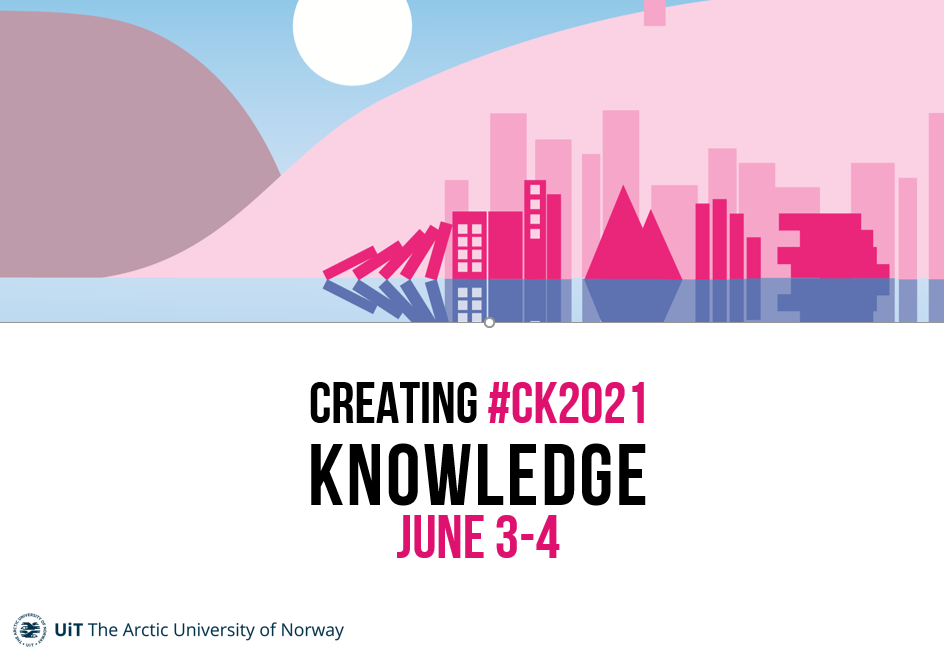Information literacy in the humanities
Engaging students with primary sources and cultural heritage material
DOI:
https://doi.org/10.7557/5.5854Keywords:
primary souces, cultural heritage, digitisation, infromatio literacy, humanitiesAbstract
Many university libraries hold cultural heritage collections that are unknown to the majority of students. The digitisation of these collections offers new ways of working with primary sources, and with it, an increasing interest in archives and older collections. This development has made us reflect on our information literacy classes within the humanities. Are we too influenced by the STEM and social science interpretations of information literacy and their focus on the peer-reviewed article? We want to challenge this view and discuss what a humanities approach to information literacy could incorporate.We want to invite you to a discussion on how we can integrate archival material and other primary sources into our classes,thus broadening mainstream information literacy to include primary source literacy (see ACRL’s Guidelines for primary source literacy, 2018). Our understanding is that this topic is generally not discussed at Nordic information literacy conferences, and our literature review indicates that this field is mostly addressed by special collections librarians and archivists (Hauck & Robinson, 2018; Hubbard & Lotts, 2013; Samuelson & Coker, 2014).In addition, in digital humanities pedagogy, there is need for reflection on data or sources beyond “tool-based thinking” which this approach would open up for(Giannetti, 2017). We will share two examples of how we have engaged students with primary sources and discuss the pedagogical challenges and opportunities. Our aim has been to go beyond show and tell and let the students actively work with primary sources. One example, from the Master’s Program in Digital Humanities, involved working with digitised sources using the platform Omeka. In the other, first year students from the Department of Conservation explored primary sources from the Gothenburg Exhibitionheld in 1923. Hopefully, this round table can be a stepping-stone for forming a network where we continue to share our experiences.
Metrics
References
Association of College and Research Libraries’ Rare Book and Manuscript Section, & Society of American Archivists. (2018). Guidelines for primary source literacy. Retrieved 16 September 2019, from https://www.ala.org/acrl/sites/ala.org.acrl/files/content/standards/Primary%20Source%20Literacy2018.pdf
Allen, S. M. (1999). Rare books and the college library: Current practices in marrying undergraduates to special collections. Rare Books and Manuscripts Librarianship,13(2), 110–119. https://rbml.acrl.org/index.php/rbml/article/view/157
Pettersson, K. (2021). Möt källorna: Kulturarvsmaterial i undervisningen. In A. Svensson (Ed.), Objekt och samling: Om det unika i Göteborgs universitetsbibliotek (pp. 245–258) [Forthcoming]. Göteborgs universitet, Acta Universitatis Gothoburgensis.





